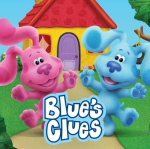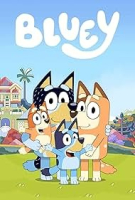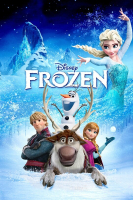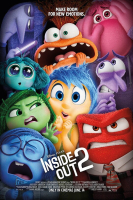Home Alone
From the moment I first heard the title, Home Alone, I felt a stir of excitement. The notion of an eight-year-old left to his own devices during the holiday season fascinated me, inviting me into a world of chaos, humor, and childhood ingenuity. Like many, I originally encountered the live-action film, but it was the animated version of Home Alone that really piqued my interest. This twist on a classic offered fresh perspectives and comedic adventures that were worth diving into, once the familiar music started to play.
History and Context
The animated adaptation of Home Alone came as a surprising yet delightful addition to the beloved franchise. Building upon the success of the original 1990 movie, this cartoon format reimagines the playful and thrilling narrative that entertained audiences for decades. Cartoons have a unique ability to transform the familiar into something whimsical, and this adaptation utilized that power well.
Released a few years after the original film, the animated series aimed to rekindle the magic for a younger audience. Using animation allowed the production to explore exaggerated expressions and physical comedy in a way that real-world constraints of a live-action film couldn't quite capture. The result is a blend of nostalgia and newness, as characters leap into the vibrant world of animation, offering viewers of all ages something special to enjoy.
Artistic Style
One aspect that immediately stood out was the artistic style of the animation. The creators embraced a colorful palette that reflected the festive cheer of the Christmas season, while also allowing room for the looming mischief of Kevin's inventive traps. Bold outlines and dynamic character designs brought the story to life, effectively appealing to young audience members who crave visual stimulation.
Furthermore, the animation lent itself to more exaggerated facial expressions and antics, which played into the humor that made the original film so endearing. Kevin's ingenious traps and the bumbling antics of the burglars gained an extra layer of comedy when depicted in animated form, giving each sequence an engaging rhythm that kept me hooked.
Plot Dynamics
Among the standout elements of Home Alone is the plot's dynamic nature – though familiar, it basks in creative freedom. The core premise remains intact: Kevin against the ineptitude of the Wet Bandits. This reliable story thread has been cautiously preserved, reminding us that while the chaos is new, the stakes are just as high.
The animation affords further liberties with this chaos, and every moment is milked for both tension and laughter. The burglar-battling aspect is always on an upward swing, with Kevin's machinations growing wilder and more inventive with each episode. I found myself eagerly anticipating what would come next, even while knowing the inevitable outcome.
Character Development
Character development in an animated feature can sometimes fall by the wayside in favor of action; however, Home Alone manages to balance both. Kevin, being the central character, is depicted as sharp-witted and resourceful, embodying the childlike curiosity and bravery that so many youngsters wish to emulate. He maintains a unique charm that captures the audience's sympathies.
The burglars, meanwhile, are delightfully exaggerated foes whose slapstick blunders never fail to earn a chuckle or two. They stand as comic antagonists rather than genuine threats, which keeps the tone light and family-friendly. Watching their antics and failures was a pleasure that never grew stale.
Humor and Comedy
The humor present in Home Alone is perhaps its most defining feature. Comedy is drawn not only from the plot but from the visual style and character interactions. With animation, this humor takes on a new dimension as it plays up absurdities that would seem too far-fetched if presented in live-action form.
Scenes that might rely on clever slapstick in the original movie are exaggerated to moments of endless applause, with visual gags and colorful sequences keeping the mood lighthearted. As a viewer, watching Kevin outsmart the adults adds a familiar and satisfying sense of justice to proceedings.
Music and Sound Design
Music is integral to creating the magical atmosphere of Home Alone. The animated series retained that enchanting score that captures the holiday spirit and youthful energy. The familiar orchestration evoked warmth and nostalgia, reaffirming the festive setting of the story.
Sound effects played a crucial role in the cartoon as well, highlighting moments of tension or humor. The exaggerated crashes and boinks heightened the comedy and ensured that even the simplest of gags elicited smiles and laughter.
Family and Festive Themes
At its heart, Home Alone is a celebration of family and the festive spirit that evolves around the holiday season. Despite the chaos and laughter, it manages to sprinkle in moments of sincerity and familial love, making it more than just an animated comedy.
Kevin's journey from being accidentally left behind to his eventual family reunion underscores themes of togetherness and understanding. It serves as a reminder that behind all the laughter, there's an emotional core that resonates, especially during the holiday season when family feels most cherished.
Comparative Analysis
Comparing the animated adaptation to its live-action predecessor is inevitable, given the iconic status of the original. While the live-action film is beloved for its heart and humor, the animated series offers a reinvention that expands on the comedic potential, giving it a more approachable angle for younger viewers.
In a cartoon, the rules of reality are more flexible, allowing for wilder scenarios and slapstick elements. Where the original leaned into more plausible (albeit imaginative) trickery, the animated version dives headfirst into cartoon logic, offering a fresh take that felt liberating rather than restrictive.
Audience Appeal
Who would enjoy the animated version of Home Alone? The target demographic seems squarely aimed at younger viewers and fans who cherish animated storytelling. While older fans of the original might approach it with skepticism, they might find themselves won over by its charm and creativity.
For children, the animation transforms an otherwise tense scenario into something jubilant and whimsical. It celebrates that same kind of mischief we all wanted to engage in as kids without worrying about the logical pitfalls. The exaggerated antics and vibrant visuals are perfect for keeping the attention of even the most restless young audience members.
Potential Criticisms
No adaptation is without its criticisms. One could argue that the animated Home Alone leans too heavily into its whimsical nature, at times sacrificing the emotional depth achieved by its predecessor. In diving headfirst into fun, it sometimes loses the grounded moments that tie a story together.
There are also moments when the animation’s humor might seem repetitive. The reliance on slapstick comedy can become predictable, and while entertaining for the younger demographic, it might not engage older viewers as effectively as the original film did.
Technical Execution
From a technical standpoint, Home Alone excels in its execution. The animation quality holds up, balancing simplicity with abrightness that aligns with its thematic tone. Unlike some adaptations that struggle with maintaining consistent character models or fluidity, this series demonstrates a keen understanding of visual storytelling.
The pacing of the series also deserves mention. Episodes shift effortlessly between slower, tender moments and high-octane mischief, and though some arcs feel rushed, the general progression satisfies the need for resolution and guides heartwarming moments toward the climax.
Personal Impressions
As an adult viewer adorned with nostalgia for the original Home Alone, the cartoon adaptation was initially met with a cautious curiosity. However, I soon found myself delighting in the renewed whimsy it brought to the storyline I thought I knew so well.
I appreciated the flexibility animation allowed in terms of character interaction and comedic timing, which translated into a surprisingly fresh experience. While some elements might not have the same depth as the original, the essence of fun and lighthearted nature remained, working in tandem with nostalgia.
Conclusion
In its animated rendition, Home Alone carries forward a legacy rooted in humor, creativity, and holiday spirit, expanding its reach to attract a brand-new audience. While it might diverge from the more heartstring-tugging moments offered by the live-action film, it provides its own delightful charm.
Ultimately, Home Alone proves to be an entertaining, family-friendly adventure that successfully harnesses the magic of animation. For those seeking a walk down memory lane or an introduction to a younger generation, this animated offering excels in delivering laughter and festive warmth. It might not reinvent the wheel, but it certainly offers a joyful ride.
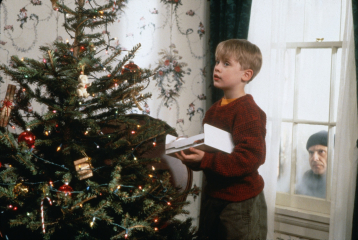
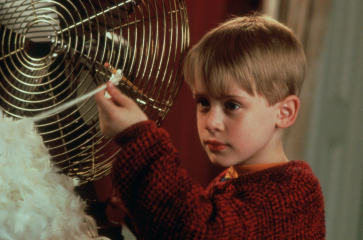
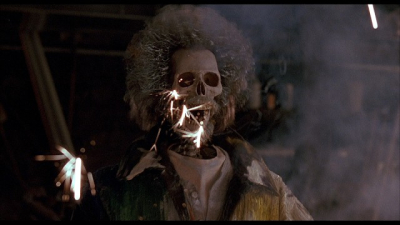
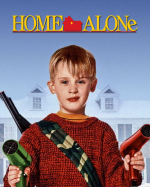
 How to watch
How to watch 






